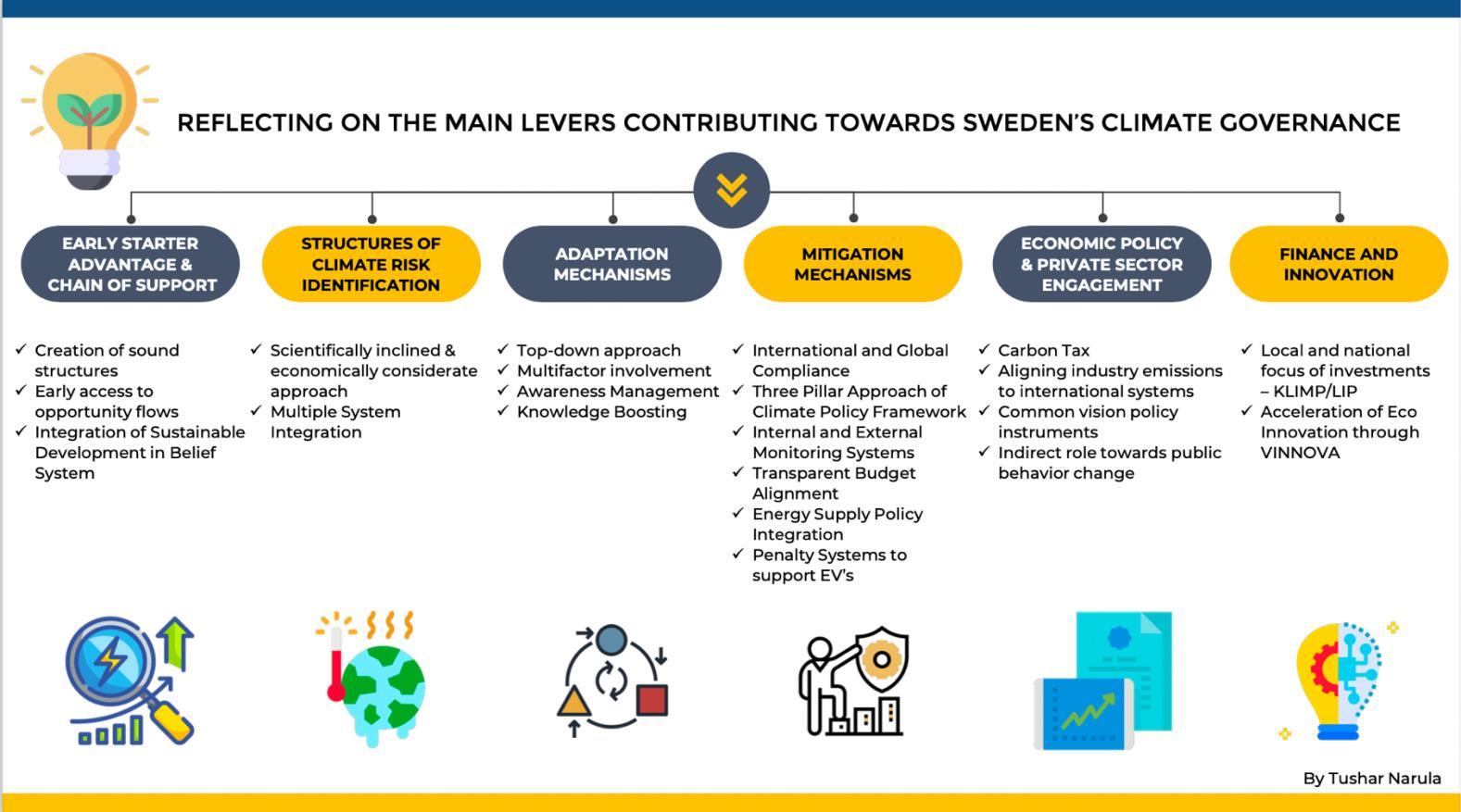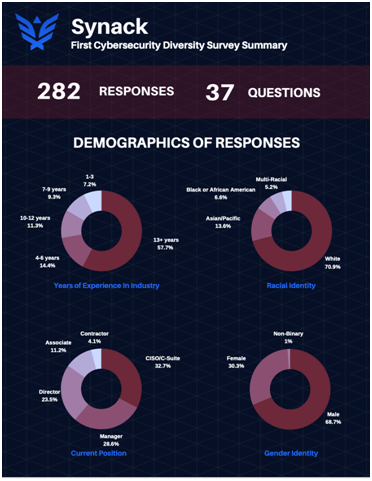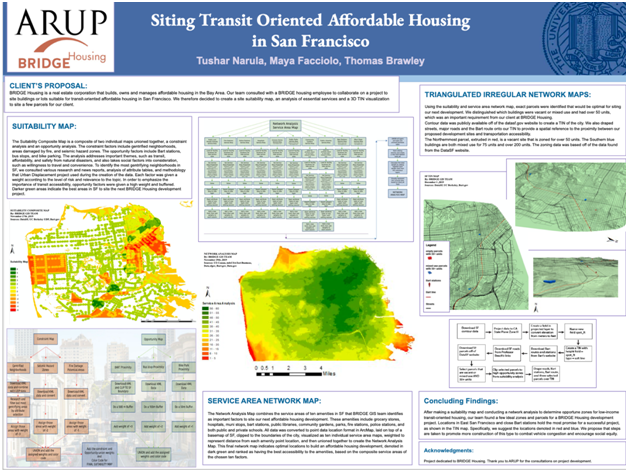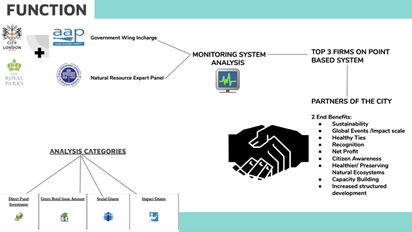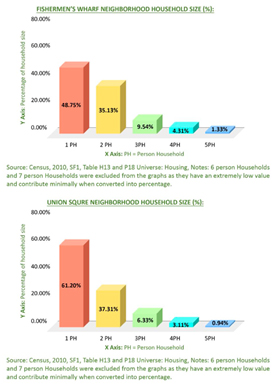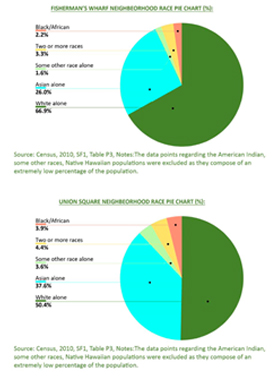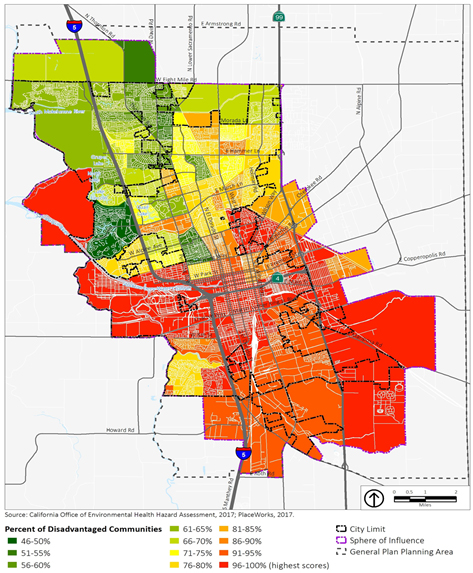Project Portfolio
EIT Fund India – Climate Finance Report
The purpose of the fund will be to mobilize investing opportunities to support India’s Nationally Determined Contribution goals through external partnership development, a project focus on short to medium term mitigation potential and financial performance.
To achieve its goals India needs to mobilize a total of 2.5 trillion USD until 2030 but as of now has only been able to mobilize a quarter of that. However, India is an increasingly attractive investment target, with a large market, high predicted GDP growth, moderate risk levels and ambitious government targets.
For diversification purposes, three sectors were chosen, each with high mitigation potentials.
Within the energy sector our focus has been placed on renewables in order to support the NDC goal.
- The NDC pillar ensure that every investment we make contributes to India’s NDC target.
- The SDG pillar aligns our investments with five key SDGs to ensure a targeted impact but equally allows to deliver co-beneficial investments across several SDGs. Targeted SDG alignment ensure a lasting impact is created, while identifying multi-impact investments where we can tackle several SDGs at a lower investment cost.
- The Financial pillar is set to ensure financial stability to provide continued mitigation support.
The final pillar risk mitigation aims to utilize a range of financial instruments to reduce portfolio risk, and invest in projects with varying maturity and risk return profiles for diversification
Sustainability Strategy Model
Intervening into the intersections of luxury and corporate sustainability, this assigned hypothetical case looks at the systematic integration of a sustainable experience through the levers of:
- Consumer and Stakeholder Engagement
- Supply Chain Management
- Packaging
The strategy is intended to positively impact the society and achieve long term financial returns
ESG Metrics and Greenwashing
ESG metrics are a tool providing investors with standardized data on a firm’s environmental, social and governance performance (MSCI, 2017). They provide a supplementary measure for investors to assess the quality of an investment. They can facilitate investor risk management by: identifying non-financial risk exposure; indicating a firm’s proactivity and progressiveness in governance; and improving long- term capital allocation. Investors can also use ESG metrics to rank companies against ESG criteria to compare performance. To combat these risks, investors can use innovative AI-based ESG analytics tools such as Natural Language Processing (NLP) to measure climate risk disclosures by firms regarding location or size. Leveraging AI analytics tools allows investors to detect potential greenwashing by assessing a firm’s climate risk exposure and compliance with international reporting standards such as the Task Force for Climate-related Financial Disclosures (TCFD).
Sustainable Investment Strategy Creation
WMPF’s mission is to manage the interests of its members, ensuring long-term growth and resilience. As climate and ESG-related risks and regulations grow, we understand that the fund’s strategy needs to be adapted to secure the future of our members’ pensions. This strategy aims to develop a proactive investment approach to ESG-related risks and opportunities.
WMPF’s 2021-2026 Sustainability Strategy will focus on 4 key areas:
- Divestment : The strategy proposes a reduction of coal and oil & gas holdings to meet a target level by 2026, creating new investment opportunities for sustainable assets.
- Investment : Invest in new sustainable equity, bond, and real estate assets providing improved growth opportunities for the fund with fewer associated climate risks.
- Engagement : Through active engagement, WMPF can drive further changes in its portfolio by actively engaging with companies and assets that it has a stake in.
- Governance & Disclosure : WMPF will proactively improve transparency, following the recommendations and guidelines set out by TCFD.
Net Zero Pathway Design and Carbon Accounting
The net zero pathway design had the following components
- Oracle Analysis : extensive research and review of Oracle’s business, sustainability strategy, current targets and risks and opportunities to the business of not addressing current levels of greenhouse gasses
- Emission Analysis : Oracle’s existing CO₂e emissions to be addressed were estimated and historical trends were analysed and considered in line with revenue information
- Competitor and Market Analysis : research on the IT sector and sector sustainability, as well as evaluating the sustainability targets or key competitors. Qualitative and quantitative competitor research was carried out to benchmark Oracle’s sustainability and targets with reference to their competitors and establish industry best practice
- Strategy generation : a net zero strategy was composed through a series of recommendations addressing Oracle’s CO₂e emissions which plan out a 30-year climate positive approach to emission reduction to reach net zero
The Systematic Integration of Climate Action in a Political Landscape
Multilevel governance and the integration of flexible response systems are postulated to become crucial in the advancement of climate action in the various socio-economic systems of a geographical region. The Nordic Kingdom of Sweden has been a constant top performer in the Climate Change Performance Index presented at the UN Climate Change Conference. Investigating the case of Sweden, I intend to discover the crucial role of governance in the successful advancement of climate action and critically reflect on the effective mechanisms developed to analyze its impacts. The paper is structured to provide research on the early starter advantage and climate risk identification strategies. I reflect on the different governance factors of adaptation and mitigation policy frameworks through methods such as knowledge sharing, target setting and budget alignment. My analysis of tax structures, economic and financial policies are aimed at providing a broader vision of the interaction with private stakeholders. Issues with climate governance such as local system adaptation, difficult industry transformation and parallel prioritization are identified to further accelerate the implementation of solutions such as risk sharing, adaptation update checklists and public transport connectivity. This is intended to strengthen the integration of climate action in the sociopolitical landscape.
ESG Monitoring Framework
The combination of The Filter and The Monitoring Framework incorporate the green washing and negative practices to make sure that sustainability reporting does not provide a false sense of sustainability progress. The analytic tool incorporates all parts of the supply chain and to make sure that financial progress is done in an ethical, transparent and truly sustainable manner.
- The evolving nature of the market and the factors involved in the calculation of ESG create an essential need for a company to keep all the evaluation factors in check and emerge as a true leader in sustainability through its reporting and ESG measures.
- It is also essential for an organization to address the key barriers of board oversight and short-term marketing strategies as they are identified and looked down upon.
- The monitoring framework’s holistic nature considers the importance of transparency to the consumer and includes strategies that can be implemented for better communication.
- The Filter, as a tool, has been specifically designed to create consumer transparency around themethods and practices of large companies. It plays a crucial part in the monitoring framework as well.
Cybersecurity Diversity and Inclusion Industry Report
The project dives into DEI consulting and addresses the issue of how to increase the number of women in the cybersecurity workforce; how to increase the number of women at the C-suite level and as conference presenters.
The project strategically creates a structured industry survey that focuses on women in cybersecurity & other DEI communities to address the lack of representation in the field With the 50-100 survey results, the team intends to inspire action & change in the cybersecurity space for women and other minority groups. It also creates various recommendations to improve upon the DEI of the structures.
Siting Transit Oriented Affordable Housing through GIS
BRIDGE Housing is a real estate corporation that builds, owns and manages affordable housing in the Bay Area. My team and I consulted with a BRIDGE housing employee and an ARUP head to collaborate on a project to site buildings or lots suitable for transit-oriented affordable housing in San Francisco. We therefore decided to create a site suitability map, an analysis of essential services and a 3D TIN visualization to site a few parcels for our client.
Point based platform design model for private investment in city planning
The project addresses the issue of How can investment firms and governments interact to improve/promote the sustainability of the local natural systems. It uses the methods of UN SDG engagement, Crucial CSR contribution and commitment to clean financing. It has four quantifiable ways to measure direct investments, implementation support, raising awareness and contribution towards climate and environmental projects.
Optimize Smart City Spaces and Energy Capturing Procedures
Optimize smart city spaces model imitates the different technologies that encourages the use of renewable energy to make an economical and sustainable impact on an area. It has a specialized parking lot area that uses the energy released from downward and upward moving vehicles to produce energy. It uses the energy released through the Piezeo effect through movement of people. The unique energy capturing processes were acknowledged and encouraged for further implementation
Urban Research: Speculating The Impact of homelessness on visitor attraction, tourism and corporate retail industries in the city of San Francisco
The Urban Research, as a part of ENV DES 100 course at University of California, Berkeley College of Environmental Design provides the opportunity to engage with an urban issue and understand how it dynamically interacts with the physical and socio-economic nature of two neighborhoods. As the final format, the purpose of this document is to knit together the different aspects of the urban research conducted throughout the course of the semester. It narrates how they individually contribute towards the development of the issue in the two selected neighborhoods. This document also narrows down the impact of the issue to the dynamic nature of the neighborhoods and how it hampers the development of related industries. Finally, the document identifies the core problems and recommends the steps that can improve on the issue.
Policy Memo for The City of Stockton
The city of Stockton, as a county seat of the San Joaquin Valley, is located in Central Valley California has been a major agricultural land for years together. Due to its agricultural abundance. With a population of 310,496 in 2017, it comprises 41.6% of San Joaquin County’s population of 745,424 people. Stockton’s population is incredibly diverse, but also disproportionately faces economic hardship.
The city faces a variety of issues such as poverty, crime, water troubles and faltering economic development. The topic chosen for the memo is one of the major threats and insecurities of the people of Stockton. The Groundwater/Water pollution in the firm agricultural land causes a variety of issues including equity, long term sustainability and security for the businesses and the citizens living around the area the lack of access to clean and safe water to the citizens causes various inequality issues and violates the newly codified Human Right to Water.(HRTW) The drinking water contaminated by the industrial by-products causes many low income communities to suffer. DUC residents are people of color who face the cumulative impacts from environmental contamination.
The planning documents chosen for the assessment include the General Plan, Envision Stockton, Zoning Map, Water quality reports, Water Rate Study Report, USGS Groundwater Quality, Urban water management plan, Groundwater management plan, water rate study report, Eastern SJ groundwater basin management plan and private company reports such as Hydroviv






